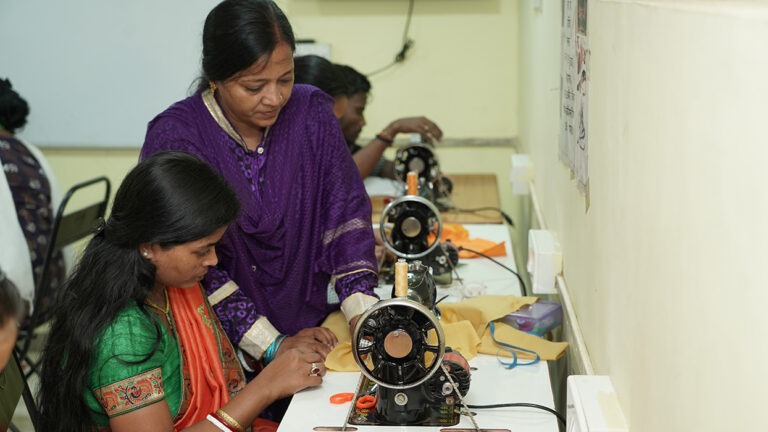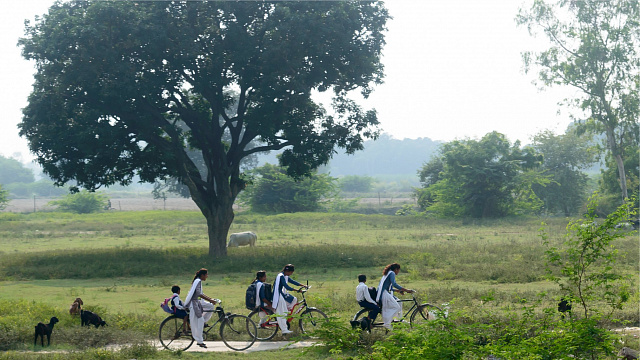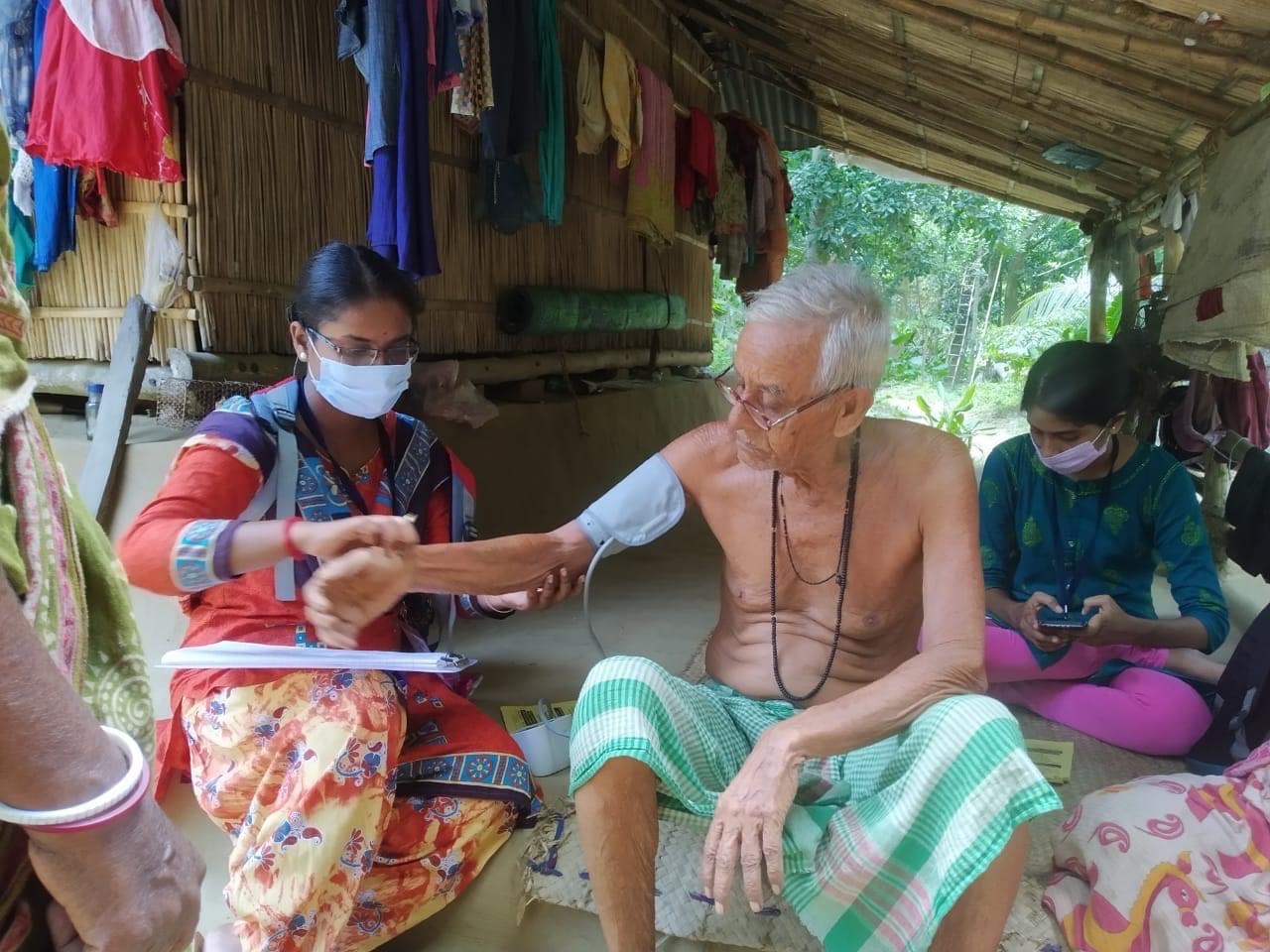2 December, 2024
14 Comments
1 category
Srimati Ganga Devi Shiksha Samiti, if focused on the spread of education, would be an initiative dedicated to promoting educational access and improving literacy, particularly in rural and underserved areas. The goal of such a program would likely be to enhance educational opportunities for children, youth, and adults, with a special focus on marginalized groups, including women, lower-caste populations, and those living in remote areas.
Here’s how such a program could work in spreading education:
1. Establishing and Improving Schools
- Building Schools in Remote Areas: Setting up schools in villages or remote areas where educational infrastructure is lacking. These schools could range from primary to secondary levels, providing formal education to children who otherwise would not have access.
- Upgrading Existing Schools: Collaborating with local governments to improve infrastructure in existing schools, such as renovating classrooms, providing necessary teaching materials, and upgrading sanitation and water facilities.
- Non-Formal Education Centers: Setting up non-formal education centers or community learning centers for children and adults who have missed out on formal education. These centers can provide flexible, accessible learning for children, especially in rural areas where schools may be far or inaccessible.
2. Teacher Training and Capacity Building
- Training Local Educators: Organizing training programs for local teachers to improve teaching methodologies, especially in rural settings where teachers may have limited resources. Training would include child-centered teaching, inclusive education, and subject-specific skills.
- Incentivizing Teachers: Offering stipends, recognition, or additional support for teachers who work in remote and underserved communities, helping to retain talented educators in rural areas.
- Digital Education for Teachers: Providing teachers with the skills and tools to incorporate digital learning into classrooms, helping them to teach effectively with the use of technology.
3. Curriculum Development and Modernization
- Adapting to Local Needs: Developing curriculum and teaching materials that are relevant to the local context, including integrating local languages, cultures, and traditions into the educational content. This helps make learning more relatable for students in rural areas.
- Incorporating Life Skills: Introducing practical life skills into the curriculum, such as financial literacy, health education, civic awareness, and vocational training. These subjects can empower students and help them succeed both in their communities and beyond.
- STEM Education (Science, Technology, Engineering, Mathematics): Fostering a love for science, technology, engineering, and mathematics among students, particularly girls, through engaging programs, workshops, and projects.
4. Promoting Gender Equality in Education
- Encouraging Girls’ Education: Prioritizing girls’ education by providing scholarships, safe transportation, and a supportive learning environment to encourage girls to complete their education.
- Eliminating Gender Barriers: Raising awareness about the importance of educating girls and addressing social barriers that prevent girls from attending school, such as early marriage, child labor, or gender-based violence.
- Creating Safe Spaces for Girls: Ensuring schools and educational spaces are safe for girls to attend without fear of harassment or discrimination. This could include special provisions like separate sanitation facilities and awareness programs for teachers on gender sensitivity.
5. Access to Learning Resources
- Provision of Educational Materials: Distributing books, notebooks, stationery, and other learning materials to students, especially in underserved areas where resources may be scarce. This may also include digital resources, e-books, and online learning materials.
- Digital Learning Platforms: Introducing digital platforms and e-learning tools that provide free or low-cost online education for students who may not have access to formal schools or who live in isolated areas. This can also include digital literacy programs for students and teachers.
- Library and Reading Programs: Setting up mobile libraries or reading programs in villages to encourage reading among children and adults. These libraries could have a mix of academic books, stories, and literature, to cultivate a reading culture.
6. Support for Children with Special Needs
- Inclusive Education Programs: Promoting inclusive education for children with disabilities by providing accessible learning materials, trained special education teachers, and ensuring schools are physically accessible to all children.
- Special Learning Centers: Setting up specialized centers for children with learning disabilities or mental health challenges, offering a more personalized and supportive education experience.
7. Adult and Lifelong Learning
- Adult Literacy Programs: Offering literacy and basic education classes for adults who missed out on education in their youth. This could include reading, writing, numeracy, and even vocational training to help them secure better jobs.
- Skill Development Workshops: Organizing workshops on topics such as digital literacy, health education, financial literacy, and entrepreneurship. These programs could help adults improve their personal and professional lives, contribute to the community, and generate income.
- Empowering Women through Education: Providing adult education programs specifically aimed at women, helping them improve their literacy, acquire vocational skills, and engage in community development.
8. Scholarships and Financial Support
- Scholarship Programs for Students: Providing scholarships or financial support to students, particularly girls and marginalized groups, to help them stay in school. Scholarships can cover tuition fees, uniforms, books, and other school-related expenses.
- Emergency Grants: Offering financial assistance to families facing economic difficulties that prevent them from sending their children to school. This could be in the form of one-time grants or monthly stipends for education expenses.
9. Community Engagement and Awareness
- Community-Based Education Initiatives: Engaging communities in education by organizing local awareness campaigns, parent-teacher meetings, and workshops that highlight the importance of education for children, especially girls. Building community support can help increase enrollment and reduce dropout rates.
- Parental Involvement: Educating parents about the importance of education and encouraging their involvement in school activities. This can help reduce absenteeism and increase students’ performance.
- Gender Sensitization: Conducting awareness programs to promote the importance of gender equality in education, combating traditional norms that may prioritize male education over female education.
10. Monitoring and Evaluation
- Tracking Progress: Regularly evaluating the effectiveness of the educational programs and interventions. Monitoring student attendance, performance, and overall community participation can help adjust and improve the program.
- Feedback Mechanisms: Setting up mechanisms for feedback from students, parents, and teachers to continuously improve the quality of education provided. This ensures that the education provided is relevant and meets the community’s needs.
Potential Impact
- Improved Literacy Rates: The spread of education through this initiative would lead to increased literacy rates in rural and underserved areas, providing individuals with the skills they need to participate fully in society.
- Breaking the Cycle of Poverty: Education is a powerful tool in breaking the cycle of poverty. By providing education, people can gain better job opportunities, which in turn improves their standard of living and contributes to the economic development of the community.
- Gender Equality: By focusing on girls’ education and addressing barriers to their schooling, the program can contribute to greater gender equality, empowering women and girls to have a voice in society and in decision-making.
- Healthier Communities: Education is linked to better health outcomes, as educated people are more likely to access healthcare, adopt healthier lifestyles, and pass on good health practices to their families.
- Social Development: An educated community is more likely to be aware of their rights, engage in democratic processes, and contribute to the overall development of the country.



c303jj
8dqiz7
grkiks
ydqpg4
ydqpg4
mkagsk
ddxj0j
ggmbk2
uj0vm5
23hrnr
ew5029
gslo1y
8kvdnk
4b5fwq